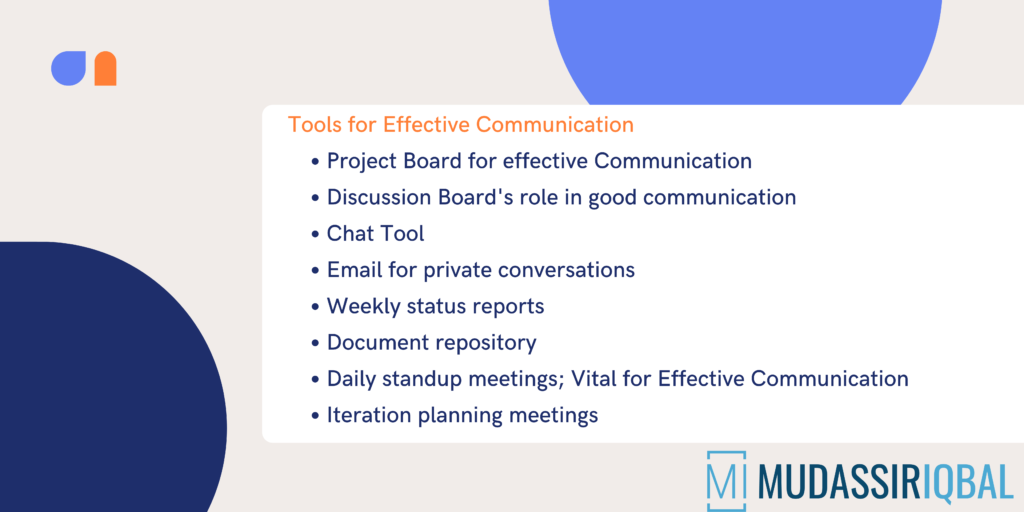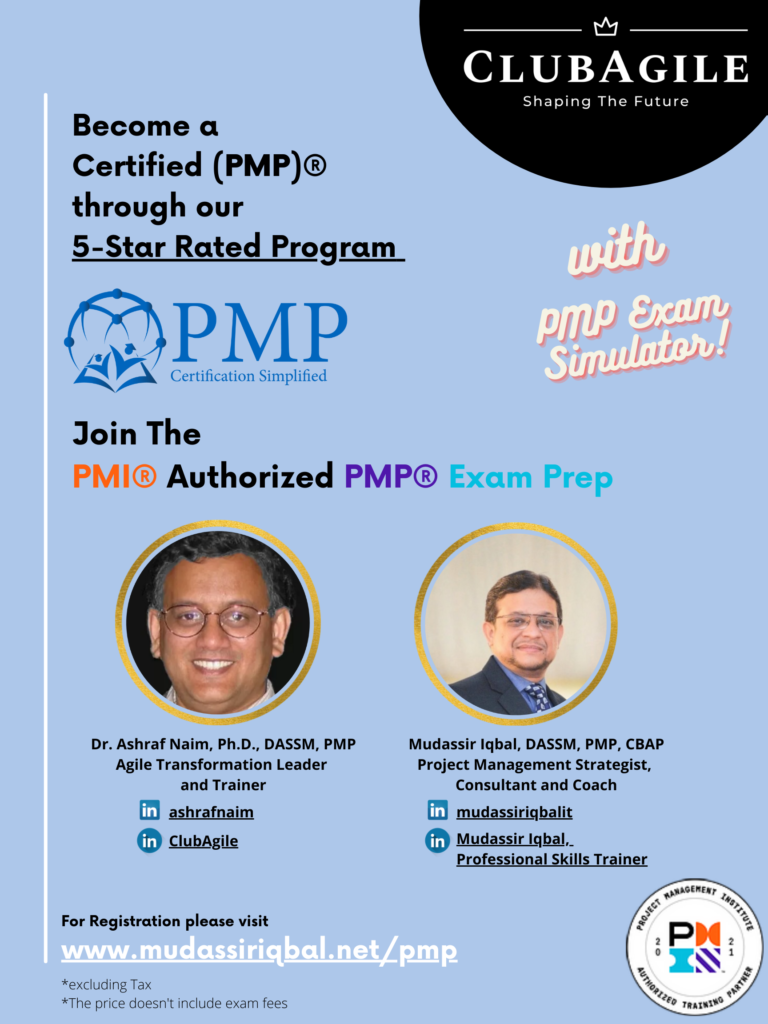Effective Communication is one of the significant roles of a project manager. Most of their time working is spent communicating with different groups to ensure the success of a project. Good communication across the board, with the client and the team members, contributes significantly to a project’s success.
For project managers, strong communication skills are not an excellent skill; it is one of the core competencies. It empowers the manager to successfully lead several projects, boost ROI, and ensure the business outperforms its competition. It also helps to establish trust and healthy relationships with stakeholders and team members.
In project management, there are several tools that the project manager uses for communication. Each project has unique circumstances and individuals that dictate the form of communication that is most appropriate to use. So not all communication tools may be appropriate to use for all projects. However, the goal is always the same: to help team members make good decisions, which requires open communication channels for the back and forth flow of communication.

Project managers must learn about the different communication tools they have at their disposal to accomplish other projects and use them effectively. This article discusses some of these tools and how they’re used:
Project Board for effective Communication
Every project needs a project board that captures the project from the planning stage as it progresses through to its completion. There are different examples of project boards like Trello, Jira, and PivotalTracker, and you can choose one based on the project size and the client’s preference.
With these tools, you can capture acceptance criteria and feature details, and you will be able to hold conversations about the individual tasks. This tool should be visible to every team member as it gives the team a good view of the project and makes it easy to assess the progress.
Discussion Board’s role in good communication
With a discussion tool like Basecamp, it is easy for the dispersed team members to hold shared, archived, and asynchronous conversations about an ongoing project.
This tool makes the conversation about projects easier because it carries everyone along with the project, and they can participate without being included consciously. The newcomers added to the project can also go through the Basecamp to see the discussions before joining. With this tool, it’s also easy to summarize and document conversations in person to be archived.
Chat tool
Several chat tools such as Slack allow remote and dispersed teams to hold short and less formal discussions about a project when there is no need to document the decision. However, a good feature of this tool is that the conversations can be archived to enable teammates that missed the discussion in real-time to catch up with the discussion.
You should include your clients in discussions about your project during your projects, and this tool is an excellent way to do it.
Email for private conversations
Emails are appropriate for holding one-on-one conversations that do not require sharing with the whole team and require real-time attention. However, email is more of a personal tool than other types of tools, so you may not use it as often as other tools such as Slack, HipChat, and Basecamp. This is because these other tools allow every team member to partake in conversation if they want to.
Weekly status reports
An ideal way to reflect periodically on the progress of the project and document is through formal written communication. For example, you may need to prepare weekly status reports delivered to everyone involved in the project. This will help to convey your understanding of the project’s progress and present the project’s risks in a formal and documented manner.
However, suppose you are working on a big project that involves several stakeholders. In that case, you should follow up your report with a telephone or in-person meeting with your client to go through the reports and also answer crucial questions.
Document repository
Design artifacts, requirement documents, status reports, and other project documentations need a repository to keep the document in a place where it can be accessed easily by the team members. Some of the tools that you can use are DropBox, Basecamp, and Confluence.
Daily standup meetings; Vital for Effective Communication
Many of the communication in project management is written, and most of the communication happens asynchronously through Basecamp, email, and chat tools. However, it is crucial to sync documents in real-time and see each other face to face.
Daily standups reflect what has been done within the last 24 hours, plan what needs to be done within the next day, and use them to discuss issues face to face when required. You should include your client in your daily standup to make them aware of everything that is going on and the decisions that you need to make. Your client would get to ask questions and also answer some of your questions. Make sure to keep your meeting short, so it does not become unproductive. There are times when some team members can decide to hold the conversation offline and also re-sync over the phone, in-person, or work things out through Skype.
Iteration planning meetings
You need to gather every one of your team members weekly or even in-person, and if your team is dispersed, you can use video conferencing to report the progress of the project and plan your work for the week.
In real-time, the nature of the meeting allows your team to present the right information verbally; quickly ask and answer questions. This also gives everyone a chance to know themselves better.
Conclusion
As a project manager, effective communication skill is essential for the success or failure of your project. So many things hinge on how well you can communicate. By using the right communication tools, clear communications in place will prepare your team appropriately to tackle every project that you need to handle.


